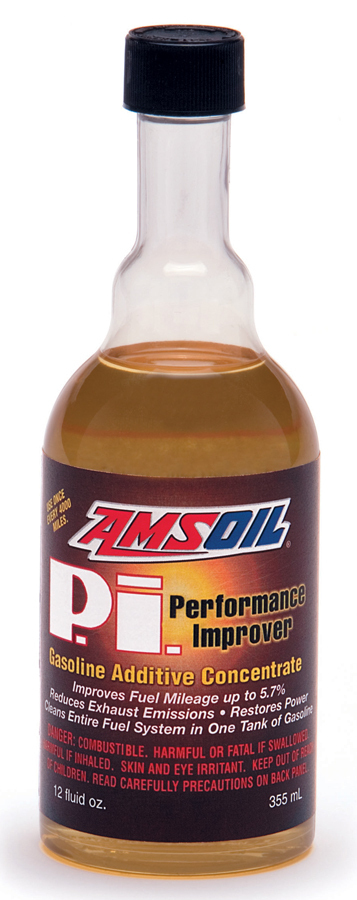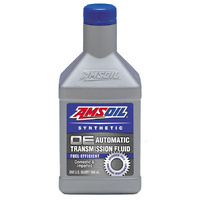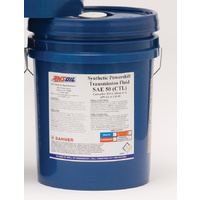Description
AMSOIL P.i. is a potent gasoline performance improver with concentrated detergent that aggressively cleans stubborn, power-robbing deposits from injectors, valves and the combustion chamber. Effective in port and direct injection systems. Bottle compatible with capless fuel systems. Cleans entire fuel system in one tank of gasoline. For use with cars and trucks. Treats up to 30 gallons. Add entire bottle to tank at fill-up. For best results, clean your fuel system with P.i. every 4,000 miles (6,400 km). Do not use with diesel, E85 or 2-stroke mixed fuel.
Maximum Deposit Clean-up
AMSOIL P.i. features aggressive additives that attack the most common forms of engine deposits and limit their effects.
Removes Fuel Injector Deposits
Most new engines feature gasoline direct-injection (GDI) to boost power and improve fuel economy. These injectors are located inside the intense heat and pressure environment of the combustion chamber, making them particularly vulnerable to deposits. Extreme pressure combined with incomplete fuel combustion can lead to dramatically increased soot (particulate matter) levels. Direct injection typically creates 30 to 40 times more soot than port fuel injectors (PFI). Even a minimal amount of injector fouling can lead to increased pollution and wear and decreased power and fuel economy.
Injector deposits:
- Decrease efficiency, power and fuel economy
- Increase exhaust emissions
- Contribute to poor starting and rough idle
P.i. removes stubborn deposits and keeps injectors functioning as they should. Testing shows P.i. restored GDI fuel injectors to a 100 percent flow rate after one tank of fuel.
Restores Horsepower
We set out to once again demonstrate the superior performance of P.i. through third party testing using a purchased 2016 Chevrolet Silverado with 100,616 miles on the odometer. Prior to testing, the truck was run on a chassis dyno and measured for HP. The 5.3L GDI engine was then disassembled, photographed and reassembled. Following a single tank of of fuel treated with P.i. driving at highway speeds, the truck was again strapped to the dyno. It measured an incredible 14% improvement in horsepower. The engine was then disassembled once again to see the impact P.i. had on deposits. The images to the right demonstrate the powerful cleaning performance of P.i on injectors and cylinder heads to significantly restore power and efficiency.
Fights Intake Valve Deposits
Valve deposits alter or restrict airflow patterns in the cylinder. They disrupt the balanced air/fuel ratio by momentarily absorbing and releasing fuel. The deposits can also cause valve sticking by getting in the way of the valve stem and guide.
Intake valve deposits:
- Decrease power and efficiency
- Increase exhaust emissions
- Lead to potential valve failure
P.i. helps keep valves clean and moving freely.
Cleans Combustion Chamber Deposits
Combustion chamber deposits increase compression and absorb heat during combustion. Later, they release that heat during the intake cycle. In some engines deposits can cause the piston to actually hit the cylinder head – a process known as "carbon rap". The deposits can also flake off and become trapped between the valves and valve seat, resulting in compression loss.
Higher compression and stored heat increase the likelihood of pre-ignition “knock” when the fuel spontaneously combusts prior to spark ignition. This increases emissions and may cause engine damage. Most vehicles have sensors that adjust spark timing to prevent knock. Although audible “knock” is controlled, power is lost from retarded timing and engine efficiency suffers. Higher octane fuels can be used to help prevent the
phenomenon. As a vehicle ages, more-expensive, higher-octane fuel is needed to keep it operating at peak performance.
Combustion chamber deposits:
- Increase the possibility of “carbon rap”
- Contribute to compression loss, difficult starting and rough idling
- Increase the possibility of pre-ignition “knock” or “pinging”
P.i. fights combustion chamber deposits which helps restore power, control knock, increase fuel economy and reduce the need for higher-octane fuels.
Capless-Compatible Packaging
Many new vehicles have replaced traditional fuel caps with capless systems. The threads on most bottles restrict them from opening the flap inside the fuel neck and also make removing the bottle difficult. The P.i. bottle is fully compatible with capless fuel systems.
Specifications
| SKU | API |
| Brand | Amsoil |
| Shipping Weight | 0.9500kg |
Reviews
Be The First To Review This Product!
Help other Ozmotorsport Performance users shop smarter by writing reviews for products you have purchased.
More From This Category
$34.16
or 4 payments of $8.54 with
 Info
Info
Amsoil Dirt Bike Motorcycle Transmission Fluid DBTF
$26.06
or 4 payments of $6.51 with
 Info
Info
Amsoil Engine & Transmission Flush Oil Additive FLSH
$31.46
or 4 payments of $7.87 with
 Info
Info
Amsoil OE Fuel Efficient Automatic Transmission Fluid OTL
$31.46
or 4 payments of $7.87 with
 Info
Info

















